First traffic safety camera with modern radar technology was introduced on Highway 6 in Kouvola
“The new traffic safety camera with modern radar technology is the first of its kind in Finland. As its correct functioning is ensured, monitoring can be extended to Highway 4,” says Heikki Ihalainen, Chief Superintendent of the National Police Board.
Automatic traffic surveillance now covers approximately 3,300 kilometres. The new camera tendering will enable extending the surveillance by approximately 500 kilometres. There are 16 operational surveillance points on Highway 6, and 23 on Highway 4.
“The benefit of this camera type is the easy installation, as there is no need to install separate sensors on the ground,” Ihalainen says.
With the modern cameras, surveillance can be extended to traffic-light-directed intersections in city centres. Earlier the installation has been impossible in city areas because of the underground cables.
The aim of automatic traffic surveillance is to reduce speeding and red light violations. This way, the amount of traffic accidents can be reduced.
The locations of the cameras are mainly decided according to road accidents. The Finnish Transport Infrastructure Agency, Traffic Management Finland Group and the police will decide on the surveillance periods, and according to the accident clusters, the more specific camera locations will be specified by the Centre for Economic Development, Transport and the Environment, the police and the Traffic Management Finland Group.
The National Police Board has initiated an investigation to survey the locations of camera poles, for example, in relation to accident rates near camera poles on roads with speed limits of less than 80 km/hour. The purpose of the investigation is to determine whether there is a need, for example, to change speed limits or take other action on certain roads.
“Through this investigation, we can analyse the effects of automatic surveillance on road safety and safe driving speeds,” says Maria Hoikkala, Chief Superintendent of the National Police Board.
Chief Superintendent Heikki Ihalainen highlights the efficiency of automatic surveillance in reducing accidents.
“In the future, it is vital to have the cooperation of the cities in acquiring surveillance points, especially for traffic light surveillance, which requires plenty of resources if conducted by police officers.”
socialShareGray




